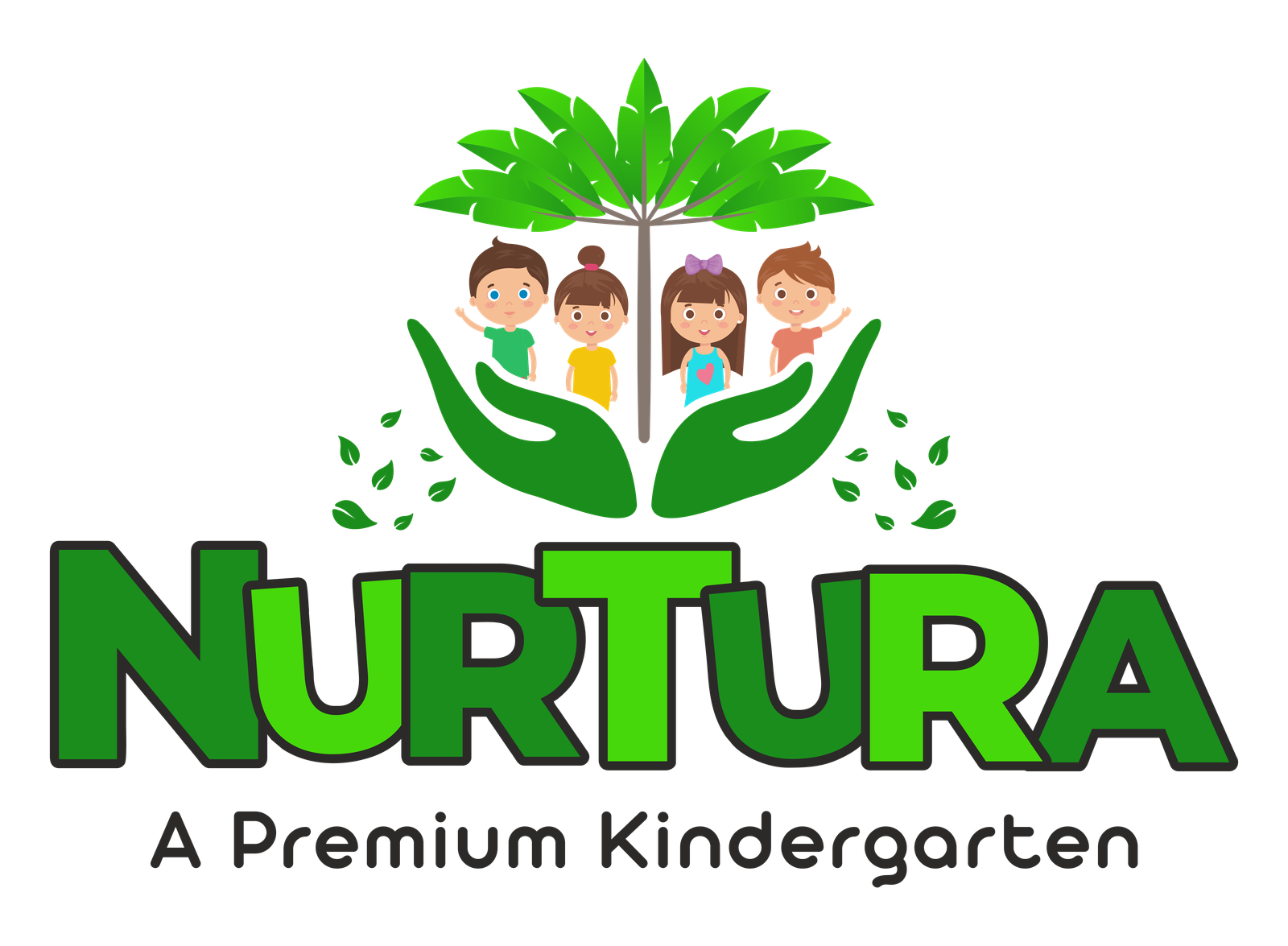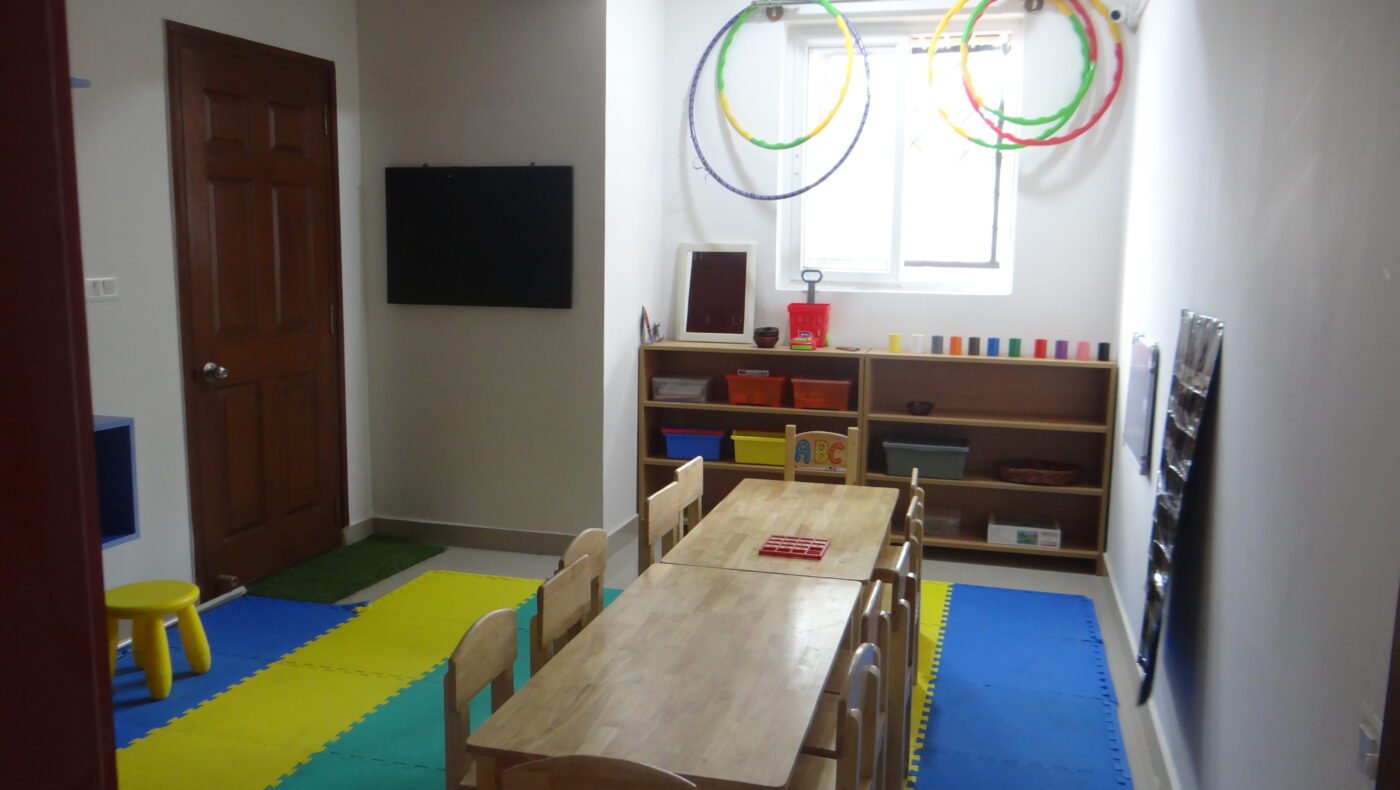At Nurtura, we believe that Montessori education goes beyond the classroom.
The principles of Montessori — independence, exploration, and hands-on learning — can be carried out at home with everyday objects, and you don’t need to spend a lot of money to do so.
In fact, some of the best learning happens when children use what’s around them to explore, experiment, and create.
Here are simple, practical ideas to help you continue Montessori learning at home, using items you likely already have!
1. Create a Practical Life Area
Montessori focuses on developing practical life skills, and many of these tasks can be done with items you already have at home.
From washing dishes to folding laundry, children can gain confidence and independence by contributing to the household.
Ideas:
Pouring practice: Use small pitchers and cups to practice pouring water or dry materials (like rice or pasta) into containers.
Buttoning and zipping: Encourage your child to practice buttoning up shirts, zipping jackets, or tying shoelaces on everyday clothing.
Sweeping and dusting: Give your child a small broom or dust cloth, and let them help clean up after meals or playtime. These tasks develop fine motor skills and a sense of responsibility.
2. Incorporate Nature into Learning
Montessori education values the outdoors, and nature is one of the best classrooms you can find.
You don’t need a garden or special equipment — just a willingness to observe and explore with your child.
Ideas:
Nature walks: Go for walks around the neighborhood or local park and let your child observe plants, insects, birds, and other natural elements.
Sorting and categorizing: Collect leaves, rocks, or flowers during your walk, and later sort them by size, color, or texture.
Observation journal: Create a simple nature journal where your child can draw what they see or collect items like leaves or feathers.
3. Use Everyday Materials for Sensorial Activities
Sensorial activities are a core part of Montessori, and they don’t require any special materials to be effective.
Use items you already have in your kitchen, living room, or even the outdoors to engage your child’s senses.
Ideas:
Texture exploration: Use fabric scraps, kitchen towels, or old clothing to let your child explore different textures. Have them describe whether the materials are soft, rough, bumpy, or smooth.
Sound sorting: Use everyday objects like coins, rice, or beans in different containers. Let your child shake them and listen for the different sounds.
Smelling jars: Use small containers or jars to place common spices, herbs, or even fruit peels (like orange or lemon) and encourage your child to smell and identify the scents.
4. Foster Independence Through Everyday Tasks
Montessori emphasizes independence, and there are countless ways to help your child become more self-sufficient at home.
Instead of doing everything for them, offer simple tasks that allow them to practice and gain confidence.
Ideas:
Set the table: Let your child help set the table for meals. Even young children can manage tasks like placing napkins or utensils on the table.
Serve their own snacks: Allow your child to serve their own snacks or meals. Provide bowls, plates, and utensils that are easy for them to handle.
Organizing toys: After playtime, encourage your child to clean up and organize their toys by size, color, or type. Make it a fun, engaging routine.
5. Encourage Creative Play and Exploration
Montessori believes in learning through exploration, and you don’t need expensive toys to make this happen.
Simple materials can provide hours of learning and creativity.
Ideas:
Building with blocks or household items: Use old boxes, cups, or jars to build towers, houses, or anything your child imagines.
Imaginative play: Use everyday items like scarves, empty boxes, or kitchen utensils for imaginative play. Whether they’re cooking, pretending to be a doctor, or acting out a story, creativity fosters cognitive development.
Art with recycled materials: Use paper scraps, bottle caps, cardboard, or old magazines to let your child create artwork. This develops fine motor skills and encourages creativity.
6. Storytelling and Language Development
Montessori places a strong emphasis on language development, and you can continue this at home by encouraging storytelling and conversation.
Ideas:
Read aloud together: Read a variety of books with your child, and encourage them to tell you what they think will happen next.
Tell stories using pictures or props: Use pictures, toys, or other objects to tell a story together. This helps develop both language and imagination.
Encourage narration: Have your child narrate what they’re doing while they play or explore. For example, “I’m building a big tower with these blocks!” This helps expand their vocabulary and supports their language skills.
Final Thoughts
Montessori learning is all about following the child’s natural curiosity and providing opportunities for independent learning.
You don’t need to buy expensive toys or materials to encourage this. With a little creativity and a willingness to observe, your home can become a rich learning environment filled with simple yet powerful learning opportunities.
By focusing on everyday tasks, nature, sensorial exploration, and creative play, you can continue Montessori learning at home — all without spending a dime.

